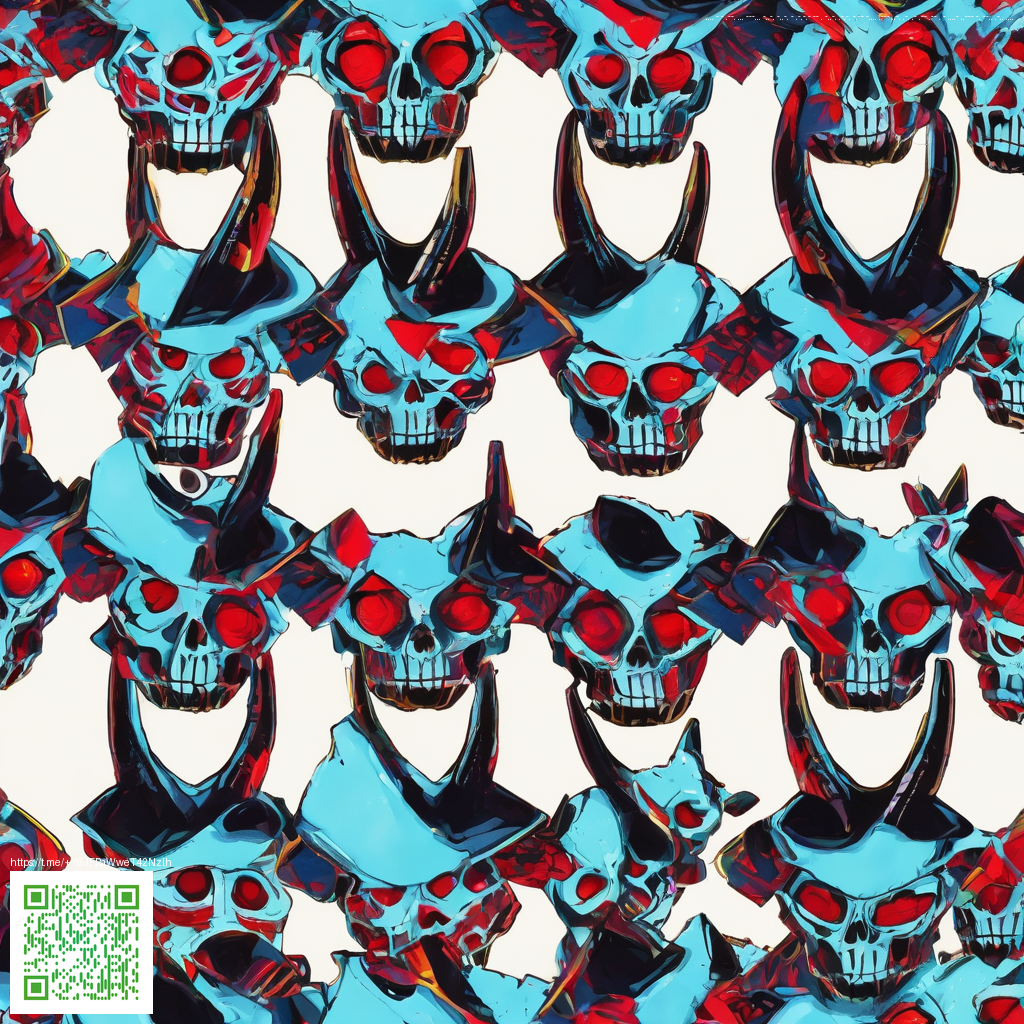
From Idea to Interactive: Prototyping with Adobe XD
Design teams and solo creatives alike rely on prototypes to communicate intent, test flows, and align stakeholders long before a single line of code is written. Adobe XD stands out in this space by offering a cohesive toolkit that covers wireframes, interactivity, and handoff in one elegant workspace 🚀. By focusing on the user journey rather than just visuals, you can quickly validate concepts and reduce downstream rework.💡
Before you dive into XD, it helps to map your goals. What question are you trying to answer with this prototype? Is the aim to demonstrate a checkout flow, an onboarding sequence, or a product detail page? Once you’ve defined the objective, you’ll design with purpose, not just pretty screens. This mindset saves time and keeps your prototype scoped to real user needs 🧭.
Plan, then prototype: a practical workflow
- Sketch the user journey on paper or a quick digital mockup to reveal key screens and transitions. This lightweight step prevents you from getting lost in pixels before you solve the right problems. 🗺️
- Create a hierarchy of artboards that mirrors the user flow. Start with a landing screen, then branch into product details, cart, and checkout where relevant. 🧩
- Build reusable components for headers, product cards, and CTAs. XD’s components ensure consistency as your prototype grows, and you can swap content with confidence. 🔁
- Define the interactions you want to showcase (tap, hover, drag, time delays). A thoughtful combination helps stakeholders grasp the pacing of your experience. ⏱️
When you’re ready to design, keep the visuals clean and accessible. Use a clear color palette, legible typography, and meaningful micro-interactions. Even in a prototype, deliberate motion can communicate intent much faster than static screens. A well-timed Auto-Animate or a smart hover state can illustrate how UI responds to user input without getting bogged down in complexity 🎯.
“Prototyping isn’t about perfect pixels; it’s about testing ideas and learning quickly.” — design practitioner 👏
Setting up prototypes in Adobe XD
Getting started is straightforward, but a structured approach helps you scale. Here’s a concise checklist to guide your setup:
- Artboard layout: organize screens by flow and ensure consistent margins and spacing for a cohesive feel.
- Components and states: convert recurring UI bits into components with variants for different states (default, hover, pressed, disabled).
- Assets and typography: keep a shared library for colors, type scales, and iconography to maintain consistency across screens.
- Interactions: wire between screens with triggers (Tap, Drag, Time) and define overlays or modals where appropriate.
- Prototype testing: frequently test with real users or teammates to refine navigational logic and tempo.
For hands-on inspiration, you can explore reference layouts that illustrate how to structure a product-focused prototype. For example, a hypothetical page could showcase a neon-themed peripheral like the Neon Gaming Mouse Pad 9x7 neoprene in a clean detail view with a sticky add-to-cart CTA and a responsive layout that adapts across devices. Seeing how content scales from desktop to mobile helps you decide where to use carousels, placeholders, or expandable sections 🧭.
As you prototype, consider the role of assets beyond visuals. Lightweight SVG icons, descriptive alt text, and accessible color contrast all improve the realism of your XD demo. If you’re aiming to impress stakeholders or teammates who crave data, pair your prototype with a narrative that explains the rationale behind each interaction—why a CTA is placed here, or why the checkout flow is intentionally linear. This storytelling approach can be as compelling as the visuals themselves 💬.
Prototype testing and feedback loops
Testing is where theory meets reality. Run quick sessions with users or colleagues, observe where they hesitate, and capture qualitative insights. A few practical tips:
- Prepare a short task guide that guides participants through a typical journey, so feedback focuses on the flow rather than the wording.
- Record sessions or use XD’s built-in sharing features to collect comments asynchronously from teammates who can’t join live tests.
- Iterate rapidly: implement changes in small increments, then retest to confirm improvements. Speed beats perfection in early stages 🚀.
Remember to document decisions. A simple note on why a certain interaction was chosen helps preserve the logic behind design choices, especially when handing off to developers later on. Clear reasoning reduces back-and-forth and accelerates handoff with fewer questions. 🗂️
From prototype to production handoff
Adobe XD isn’t just about visuals; it’s a bridge to developers. Use XD’s prototyping and sharing features to generate assets, specs, and CSS/Swift code snippets that engineers can leverage. When you accompany a prototype with a concise spec sheet—including spacing, typography, and behavior—teams stay aligned, and the final product stays faithful to the concept. This alignment is particularly valuable for product pages, where layout and interactions influence conversion rates and user trust 🧭.
In practice, you might create a prototype focused on a product page for a neon-themed gaming accessory, integrating real-world context and user expectations. The goal is to demonstrate how users would discover the product, review details, and complete a purchase with confidence. A well-constructed prototype communicates both the user journey and the business logic driving the interface.
If you’re looking for concise steps to get started, remember this: define goals, plan screens, implement consistent components, wire interactions, test early, and iterate often. With XD, your ideas become testable experiences that you can share with stakeholders in minutes, not days. 🧪✨